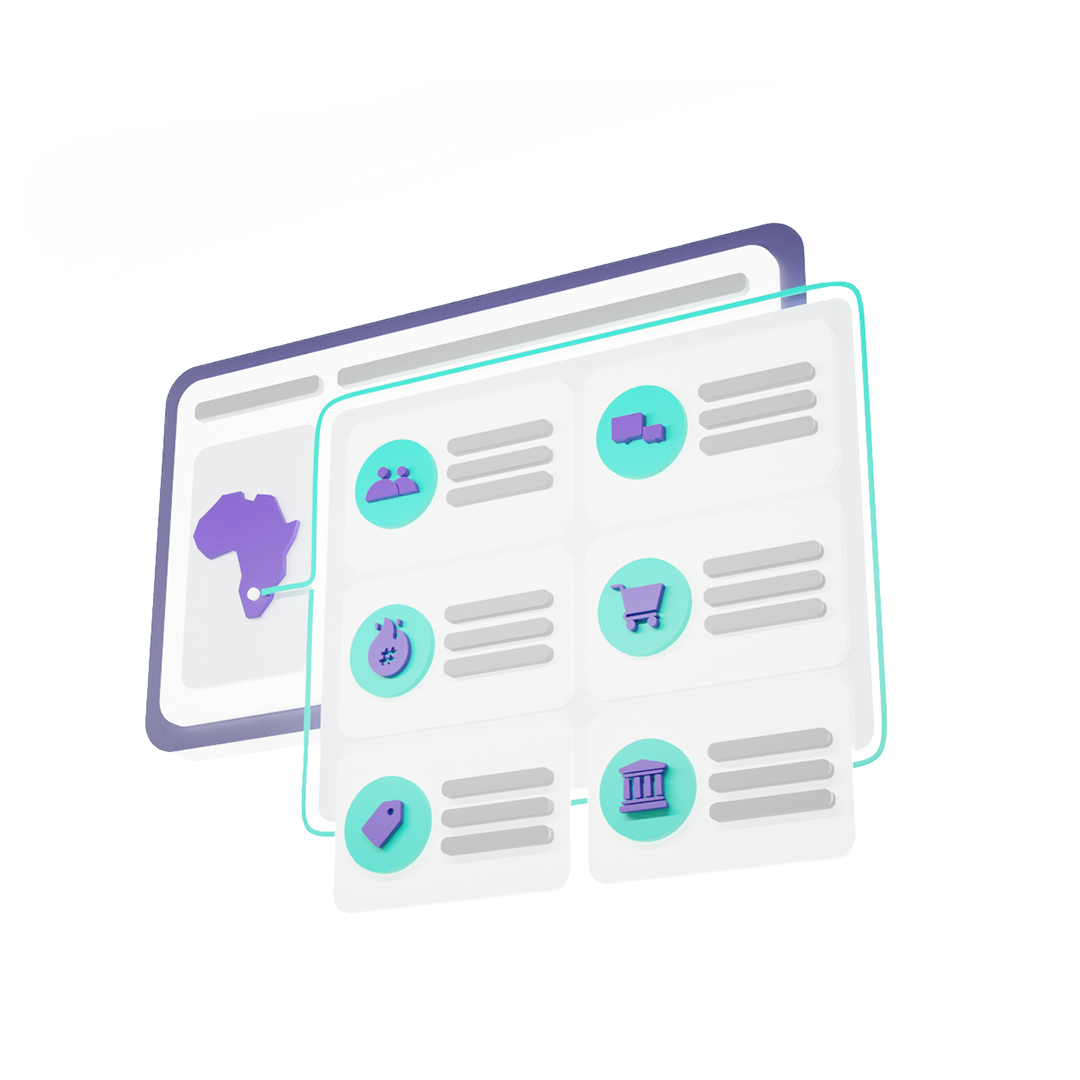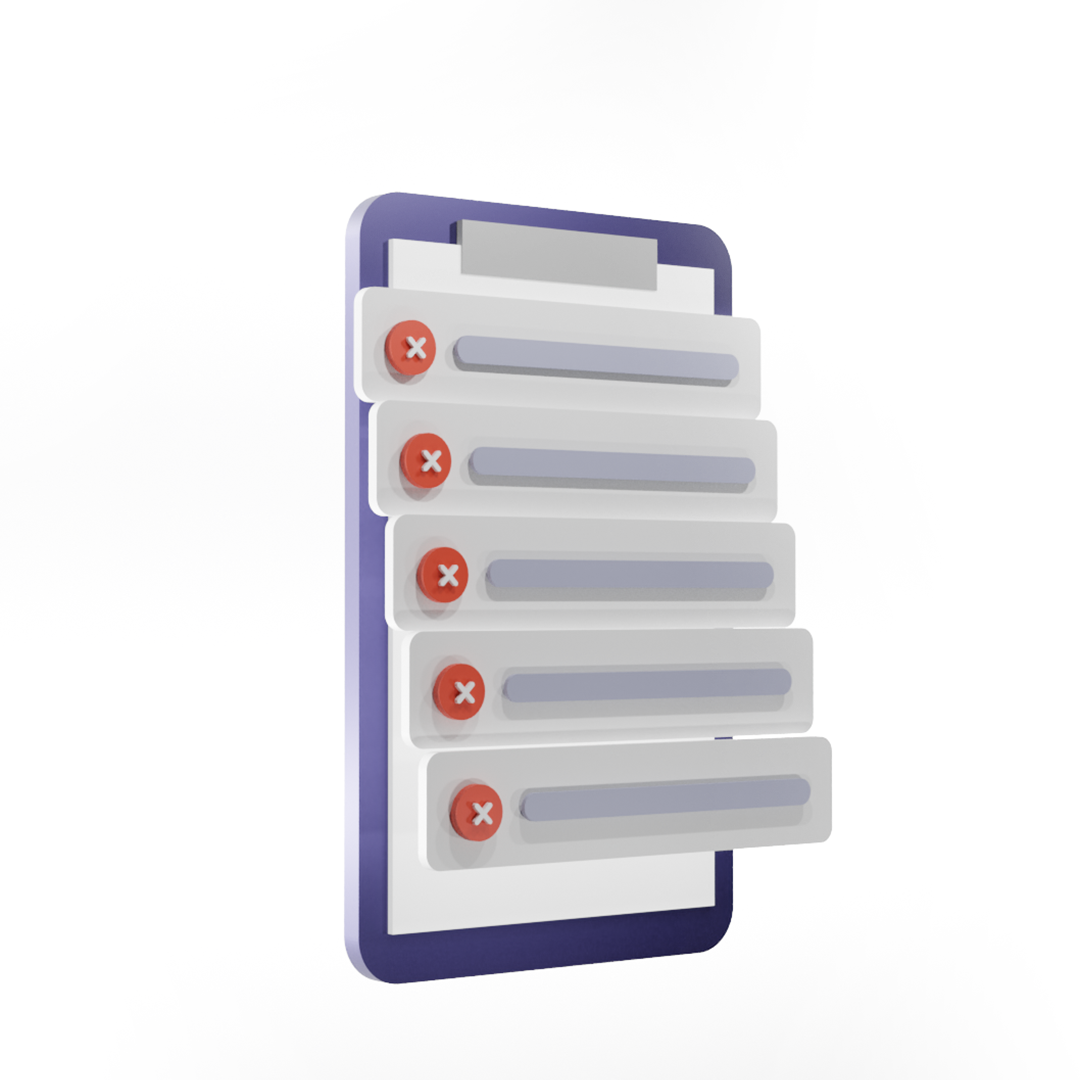Radio is an effective advertising medium with high Returns on Ad Spend (ROAS). According to industry experts, advertisers can generate up to $12 in earnings for every $1 spent on radio advertising. Furthermore, radio marketing has a broad reach, with studies indicating that radio reaches the greatest number of people.
But how do you know if you’ve achieved your deserved ROAS? One of the primary objectives of your marketing strategy should be to determine your return on ad spend. Because of the nature of radio, determining ROAS for on-air advertising takes some extra effort. Marketers, for example, are frequently required to:
- Construct a baseline model of what marketing tactics would look like in the absence of radio ads, and then project the influence of radio ads.
- Measure ROAS using specialized attribution tools.
- Distinguish the effects of radio from those of other advertising channels.
Early indicators of a successful radio advertising campaign
Examining “early returns” for the possible impact of radio advertising is a more efficient way to evaluate ROAS, though it still requires using a fairly basic methodology. Here are a few things you can look into:
- A rise in search volume. If your radio ad impacted your customers, you can expect to see a rise in search volume for specific keywords from your ad.
- Increased traffic to your site. Your company’s website should also see increased traffic along with rising search volume.
- More high-quality traffic. As more people visit your site due to your ad, your bounce rate will likely decrease since these new visitors have a high level of interest or purchase intent.
- Increased conversion rate from site visits. Eventually, more visitors will likely convert to leads and then to paying customers. If you get your acts right with your services, they could become loyal to your brand and market your products on your behalf.
So how do you track radio advertising?
We will showcase some of the most popular methods and techniques used by various organizations and businesses to give you some ideas.
1. Direct traffic, Name mention traffic, and Organic Name
If you include a call to action at the end of or during your radio campaign that says something like “find more information at www.xyz.com” and see an increase in direct traffic to your site, you can attribute your radio campaign.
You can also tell if your radio ad is responsible for some traffic if visitors used specific names, slogans, or characteristics that you mentioned in your radio campaigns.
Some people still search for businesses even when they know the exact URL.
However, you’ve probably noticed one flaw with this strategy: your website was probably already receiving direct traffic before you even launched your radio campaign.
2. Redirect Domains and Landing Pages
Another useful way to track your radio ads is to create domains that are specifically designed to redirect visitors from your radio commercials to custom landing pages on your site. You do this using Google Analytics.
For example, you could use a similar domain to your official site with an additional location or another minor difference that ensures the visitor recognizes your brand.
You could even include a link to the radio station where your ads will be broadcasted to make it feel more personal to the visitor. Include them in your radio campaigns and redirect those domains to your site’s customized landing pages.
You now have a location where you know people will only come because of your radio ad, which can help you track the success of the radio advertising in Analytics.
Remember that many visitors would still prefer to search for your company rather than typing your URL directly. So, this technique may not be 100% reliable.
3. Examine the Outcomes of Matched Samples
One issue with tracking radio advertising is that consumers can misattribute their memories from radio advertising to other forms of media, particularly television.
When both media forms have a strong execution link and there is a current and effective history of television advertising for a brand, misattribution is common.
Offsetting the misattribution is one way to overcome this. This can be accomplished by utilizing matched samples of listeners and non-listeners.
You can use this method to determine whether there has been a rise in awareness among listeners or non-listeners.
Where it is the former instead of the latter, the effects can be likened to your radio campaigns with confidence. Even if your audience thinks it was another form of media.
4. Compare Results from Various Regions
Assume you want to evaluate the effectiveness of your radio advertising campaign in terms of specific business outcomes such as sales or response.
In that scenario, comparing data from regions that received the radio advertisement to regions that did not is preferable.
These must have matching personas and exposure to all media forms in order to be effective.
Before beginning the radio ad campaign, you should compare data from both regions for a while. This provides a starting point for comparison.
The assessment can then be used to compare what has changed once the ad campaign was launched.
5. Monitor Ads using time
While site traffic and total sales are practical indicators of a successful radio advertising campaign, you need more.
This becomes even more vital if you are likely to record sales and interest over a particular period without radio ads.
You can create a baseline of your regular sales without the help of radio commercials and then compare it to a specific period when radio ads are running.
Timing is one of the more basic methods, and it naturally has room for error.
6. Conduct polls
It may seem apparent and on the nose, but when attempting to assess the success of radio advertisements, it is sometimes necessary to directly ask your customers.
A good way to do this is to develop a survey for your target audience to see how many of them heard your advertisement.
Then, using that figure, calculate how it affected your sales figures when the radio ad was running.
Again, this method will only provide a partial picture, particularly if you do not receive maximum customer participation in the surveys, which is a common problem. Hiring expert researchers to conduct the survey for you, on the other hand, eliminates this concern.
7. Survey54’s Audience measurement and Ad-intel trackers
Survey54 has robust trackers that encompass all the techniques mentioned above and more. They are the audience measurement and Ad-intel trackers.
The Audience Measurement tracker is a dashboard that enables media companies with data to view Radio share, gauge ad spending for better ROI, and plan future marketing campaigns. Similarly, the Ad-intel/monitoring tracker detects radio ads in real-time and provides reports on the aired ads for ad verification, ad exposure and compliance with visual proofing, as well as for efficient competitive analysis.
These self-serve solutions enable media stakeholders and businesses to track and manage real-time audience profiling data to make more informed business decisions.
Conclusion
Although it may appear confusing and overwhelming at first, as you can see, there are numerous methods for tracking the success of your radio advertisements.
Some are more efficient than others, and the procedure you use may be determined by the budget you have available for tracking your campaign.
Survey 54’s AI-powered audience measurement and ad-intel trackers confidently sit atop the best radio advertising tracking techniques in Africa. We take pride in the accuracy, detail, and simplicity with which our self-serve dashboard tracks your media advertising campaigns.
It is difficult to beat our technology for the most robust radio ad tracking solution in terms of accuracy, durability, speed, compatibility, and robustness.
Contact a member of our team for a free demo and try our technology right away.






